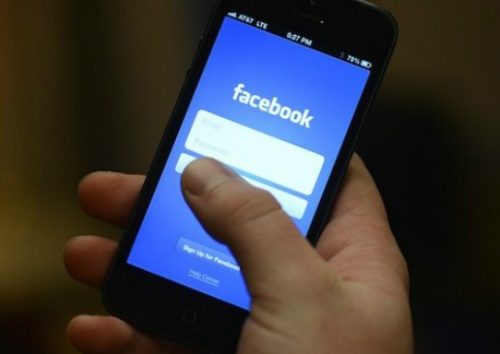The process of reading news might be on another precipice of change.
This week, The New York Times reported Facebook’s latest effort to court news outlets, who’ve become increasingly reliant on the social media network for their traffic.
Here’s Mark Zuckerberg’s pitch. Instead of using Facebook solely as a referral source to their own websites, publications will have the option of displaying their content directly on the network.
Participating media organizations would then split advertising revenue with Facebook. Top media organizations, including the Times, National Geographic and BuzzFeed are said to be the initiative’s first partners.
Besides hosting original content from outside publications, Facebook is also working on a way to hasten the load time between its site and external sources. According to the Times, this typically takes eight seconds, which — especially on mobile — is far too long to keep a reader’s attention.
Edward Kim, an analyst from the company SimpleReach, told the paper that marginal increases in load time can drastically increase traffic, which might make this latter initiative even more valuable to publications.
Facebook secured its first major media partnership late last year when it teamed up with the NFL to feature clips from the league, which were sponsored by Verizon. Ad revenue was divided evenly between the two partners.
The social media behemoth has more than a billion users and media organizations currently use it to reach 823 million readers, which undoubtedly gives the network a huge bargaining chip in any negotiation.
Still, some media organizations are trying to create contingencies for themselves in case the Facebook traffic pool dries up, and as the network is moving more toward favoring video on its site this might prove to be a smart decision.
Pangea, an advertising alliance between The Guardian, Reuters, CNN, the Economist and the Financial Times, was created for the exact purpose of competing with the likes of Facebook.
The five publications are pooling their resources to create a programmatic advertising system that can give brands access to more than 110 million readers. It’s certainly not Facebook’s 823 million, but that number puts them in fourth place behind LinkedIn (173 million) in global audience reach, according to the Guardian.
While some industry analysts have questioned the feasibility of five publications with varying cultures and objectives working together under one advertising umbrella, there is evidence that this kind of alliance can work. There are similar initiatives throughout Europe already, and they appear to be working.
La Place Media, a three-year-old programmatic collective in France with 250 publishers, was able to “increase CPMs [click per thousand impression] for above-the-fold impressions by 70 percent in its second year,” according to Digiday.
Beyond an advertising alliance, some journalists from The Guardian told The Times publications should band together to negotiate with Facebook to ensure that media organizations retain control of their ads.
No matter what comes of Facebook’s negotiations, one thing has become increasingly clear: Publications, not even The Times, can go it alone any longer.










